Almost three decades after the plans were first mooted, over nine years behind schedule and more than €4bn (£3.6bn) over budget, Berlin’s new international airport is finally ready to open its doors.
But the already tortuous birth of Berlin-Brandenburg Willy Brandt Airport (BER) expected to open on 31 October, and once hailed as a celebration of the ambitious German reunification project, has only been compounded by the decision to unveil it in the middle of a pandemic.
With the air industry plunged into the worst crisis of its 100-year history, most airplanes grounded and major airlines facing the prospect of bankruptcy, even the airport’s chief admitted the endeavour is at best courageous, at worst foolhardy.
During a recent guided tour ahead of the opening, Engelbert Lütke Daldrup, the chairman of Berlin-Brandenburg airport since 2017, said: “Not only Berlin, but by extension the whole of Germany became a laughing stock over this. German engineers like me have felt embarrassed.”
He admitted it may “take years” for the industry, and by extension his airport, to crawl back to anything like its former standing.
“We are ready for take off,” he said. “But I expect it to take as long as maybe three or four years, for us to reach pre-coronavirus level of business … the economic situation is dramatic.”
His operating manager, Patrick Müller, goes so far as to say a recovery cannot be expected “until there is a vaccine”.
Daily passenger numbers at BER are down by 100,000 passengers compared to before the crisis. It is currently haemorrhaging €1m a day, on top of high losses due to being over budget and years behind schedule.
Four months ago Lufthansa, the national airline and the second largest passenger carrier in Europe, had already received a €9bn state bailout, in an already stark warning of the state the air industry was already in.
Even before it opens, the operators of BER, 11 miles south of the centre of the German capital, which replaces the East German era airport Schönefeld, have requested €300m in taxpayers’ money just to keep it afloat. Detractors have accused the operators of using the coronavirus as a cover-up for an already existing crisis.
In a further sign of how diminished the air industry is, hundreds of airport workers will be put on Kurzarbeit, the German government scheme where employees accept reduced working time and pay and the state compensates them.
“Finally, BER is ready to start operating, but there is very little air traffic and that really is tragic,” admitted Roland Böhm, head of testing.
Nevertheless, he is going through with meticulously planned dress rehearsals, with thousands of extras – members of the public who have been drafted in as volunteers – to test the workings of everything across the 300,000 sq metres space, from check-in procedures, to the comprehensibility of signs and symbols, right down to the toilets.
Currently there are 430 testers. Silvia Schulz, a gardener from Berlin, has brought her mother Elke for what she calls a “historic” day out to the airport.
“I love flying, but obviously haven’t done so since before March, so it feels a bit nostalgic,” she said, clad in a face covering and picking up a bag of freebie airport memorabilia, including a BER coffee cup, a keyring, and a drawstring bag. While she can’t fly, she will have to make do with today’s test “destinations” of Grenoble, and later Bournemouth, which will see Schulz and her mother driven down the runway in a bus half-full of masked, socially-distancing fellow travellers.
“We will have to pretend we are really flying. Though if I had the choice, I’d go to the Maldives,” she said. She and her mother have followed the dramas of the airport’s failure to open over the years, which has led to a range of wry slogans on T-shirts and mugs such as: ‘Let’s just move the city of Berlin to a functioning airport’.
“It’s turned the city into a bit of a joke and added to the distrust in politicians and to be quite honest, I will only believe it is to open next month when it really happens,” she admitted.
Its shiny walnut panelling, and Jurassic-era beige floor, have prompted German design critics to say the airport is embarrassingly “1990s”, the decade when it was first conceived in the euphoric post-unification era. The choice of the name, Willy Brandt after the former West German chancellor, whose strongest legacy is his attempt to achieve reconciliation between western and eastern Europe during the Cold War, is in a similar spirit.
Throughout the airport preparations are being made for the opening day. Plastic is being taken off monitors, advertising billboarding is being installed, and equipment is being moved from Tegel airport in the west, due to close in November. Everything appears to be a reminder of how life used to be.
Daldrup now insists the airport, once considered too small to cope with the growth in air travel, will now be “really useful” as long as people physically distance.
But even before the pandemic the project was beset with challenges. Its construction was beset by rows, often played out very publicly, over trivial matters like the type of rawl plugs used and more seriously the sprinkler system, the cabling and fire doors. Almost all Berliners remember how, in the winter of 2013, no one knew how to turn the terminal lights off, so they were left to burn day and night for weeks on end.
Daldrup blames “European over-regulation” for many of the complications. But he said the result of repeated returns to the drawing board is “the safest airport in the world”.
The opening ceremony, once expected to be a big party which would attract hundreds of local and international celebrities, he said, will now be “low-key”.
Some commentators have said one of the more recent fall-outs – over noise reduction specifications campaigned for by local residents – is a fitting denouement to what has been a humiliating drama.
The southerly runway was redesigned in an effort to reduce noise. But the aviation trade union Cockpit argued it would force pilots to make a complex 145-degree turn on takeoff, referred to as a “Hoffmann’s curve”. The national association of air traffic control has referred to the turn as “challenging”, while pilots wary of its potential to unnerve passengers have already nicknamed it the “puke curve”.





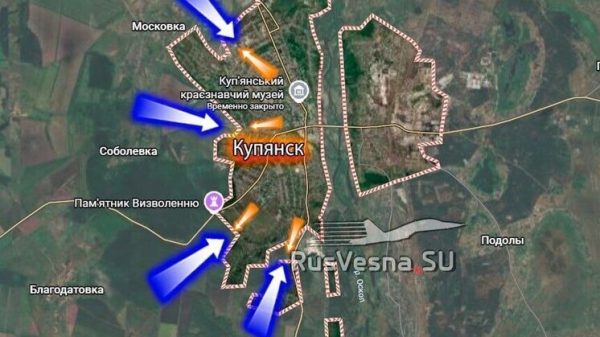

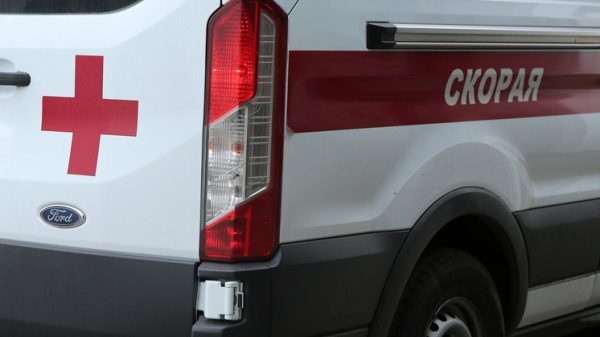
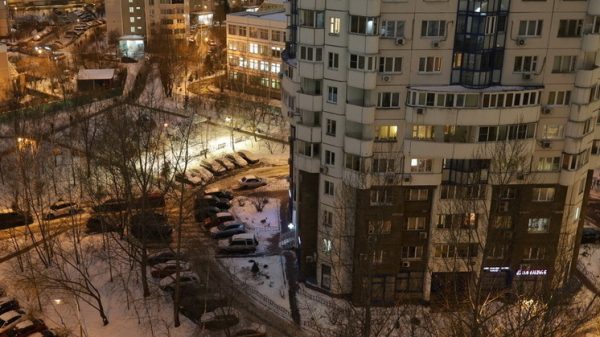
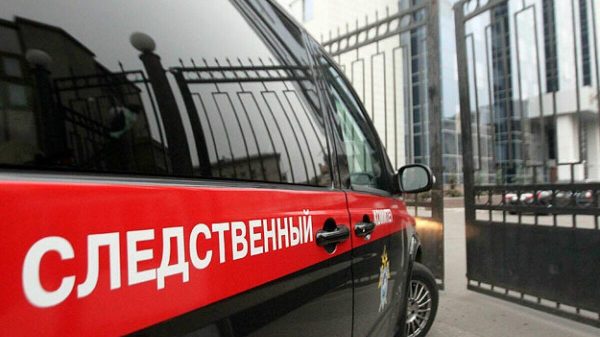



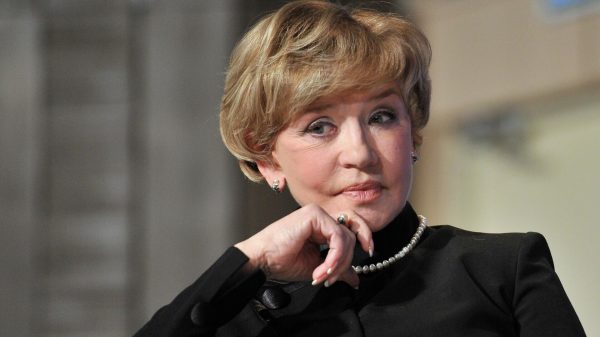







































Свежие комментарии